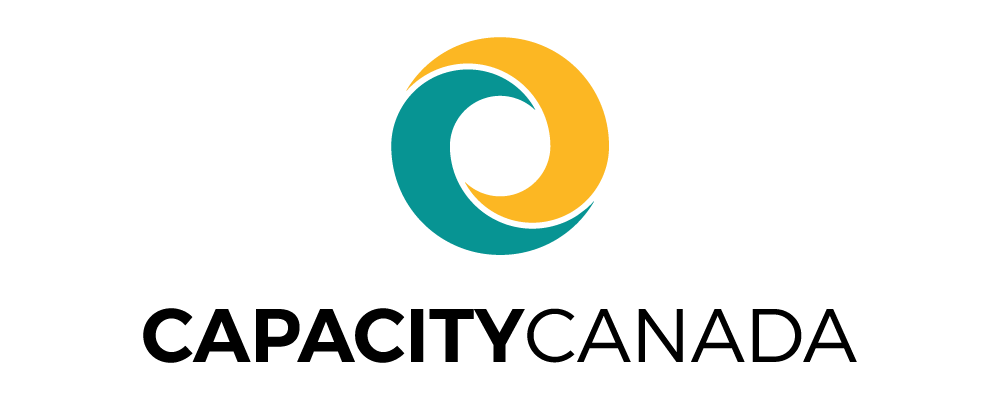I had the privilege of participating in a design sprint with a neat social good agency Carizon that was facilitated by two designers from Overlap Associates. The design sprint was the second stage of a three phase Capacity by Design (C×D) Program offered by Capacity Canada. The goal of the C×D Program is to educate participants about design thinking and its utility in tackling complex problems that they face. The “learn by doing” approach has participants go through the design process applying its elements to a complex issue confronting their agency – a five -day design sprint. For Carizon the issue was sorting out what being more “family oriented “ meant to the people it serves.
What follows are a couple of observations from participating in the sprint. First, design thinking can be unsettling and even uncomfortable in that the path and the destiny are not clear at the beginning of and even during the process. Rather potential solutions emerge from iterative divergent and convergent thinking fueled by user insights. Participants were often not sure of where they were, where they were headed, or even if they were on track. “How does what we are doing help us solve the family oriented issue that we are facing?” was a common question and/or feeling. Trust the process however ambiguous it may feel and see where it takes us was the directive given by our facilitators. They were right in that at the end of the five days the Carizon participants came up with three different prototyped solutions that reflected how they could be more “family oriented” based on captured user insights.
A second observation is that spending the time listening to the stories of users, being human –centered, can not only yield valuable insights into possible solutions it can be a very moving experience. Having an emotional and empathetic connection to the people impacted by the Agency brings a deeper meaning to the notion of being “family oriented”. Capturing and truly listening to the stories of those in need was deemed to be a go forward practice of the Agency.
Finally, it was interesting to witness the group’s struggle with but eventual grasp of the concept of prototyping something as intangible as a social process. Building a prototype of a physical product can be challenging enough but when it is a potential service or experience that is being built it takes extra effort and stretch of the imagination. Pride of creation and ownership kicked in and the potential solutions were refined with further input from users. The sprint ended with participants having more trust in and comfort with the design thinking process.


